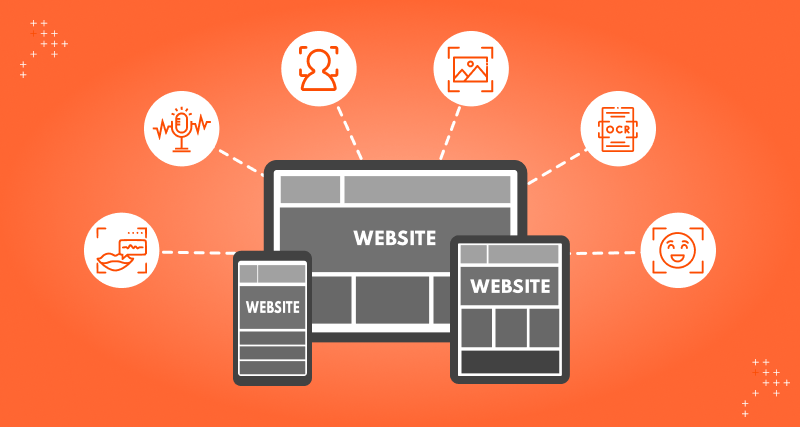Index Surge: Amplifying Your Insights
Stay updated with the latest trends and news across various industries.
Web Accessibility: Unveiling the Invisible
Discover the hidden world of web accessibility and learn how to make your site inclusive for everyone. Unlock the secrets now!
Understanding the Basics of Web Accessibility: Why It Matters
Web accessibility is the practice of designing websites and applications in a way that ensures all users, including those with disabilities, can access and interact with online content effectively. It encompasses a range of disabilities, from visual impairments to hearing loss, motor issues, and cognitive challenges. By adhering to web accessibility principles, businesses not only comply with legal standards but also widen their audience reach, providing a more inclusive experience for everyone. Failing to incorporate accessibility can lead to serious consequences, including alienating potential customers and facing legal repercussions.
Understanding the basics of web accessibility is crucial for both developers and content creators. Here are some key principles to consider:
- Perceivable: Ensure that information and user interface components are presentable to users in ways they can perceive.
- Operable: Make sure that all interactive elements are operable without requiring specific timed responses.
- Understandable: Content should be easy to understand, and the user interface should behave in a predictable manner.
- Robust: Content must be compatible with a variety of user agents, including assistive technologies.

Common Web Accessibility Mistakes to Avoid
Web accessibility is essential for creating an inclusive online environment, yet many web developers and designers make crucial errors. One common mistake is neglecting to use alternative text for images. This can severely hinder visually impaired users who rely on screen readers to understand the content of a webpage. Additionally, failing to provide sufficient contrast between text and background colors can make it difficult for users with low vision to read your content. To ensure a more accessible website, be sure to conduct regular accessibility checks and use tools designed to highlight such issues.
Another frequent oversight is the improper use of semantic HTML. Skipping heading levels or using the wrong HTML elements can confuse assistive technologies, making it challenging for users to navigate your site effectively. Also, keyboard navigation should be a priority; not providing access to all interactive elements via keyboard can alienate users with motor disabilities. By focusing on these common web accessibility mistakes, you can create a more user-friendly experience for all visitors, regardless of their abilities.
How to Create an Inclusive Online Experience for All Users
Creating an inclusive online experience begins with understanding the diverse needs of your users. Implementing accessible design principles ensures that your website can be navigated by individuals with varying abilities. Consider incorporating features such as keyboard navigation, screen reader compatibility, and alt text for images. Additionally, structuring your content with clear headings and bullet points can enhance readability, making it easier for all users to consume information. Remember, an inclusive design not only meets legal requirements but also expands your audience reach.
Another crucial aspect of fostering an inclusive online environment is engaging with your audience to gather feedback. This can be achieved through user testing sessions that include people with disabilities, allowing you to identify areas for improvement. Encourage open dialogue through surveys or feedback forms that assess users' experiences. By actively prioritizing inclusivity and making adjustments based on real user input, you demonstrate a commitment to providing a welcoming experience for everyone. This proactive approach not only strengthens your brand but also builds trust within your community.